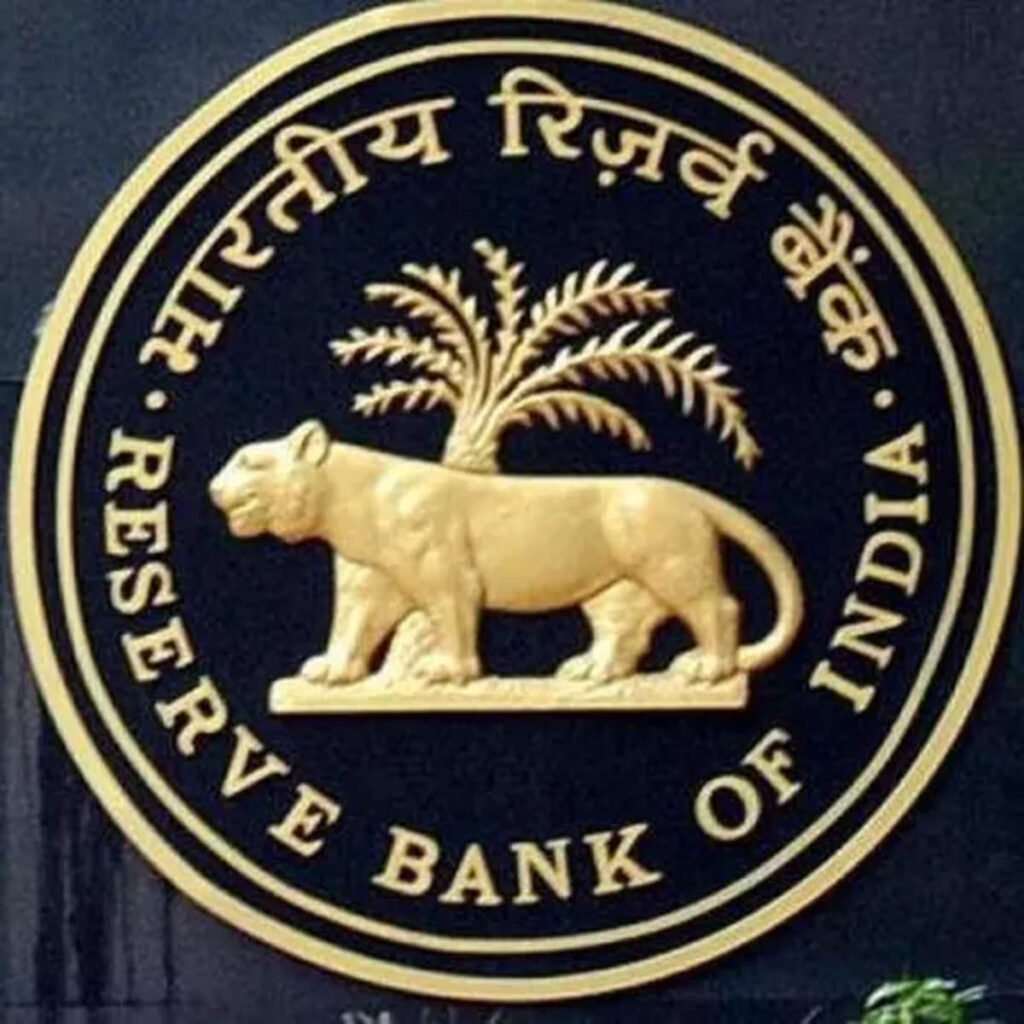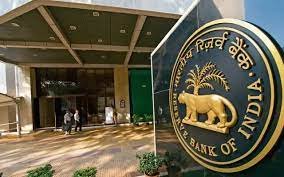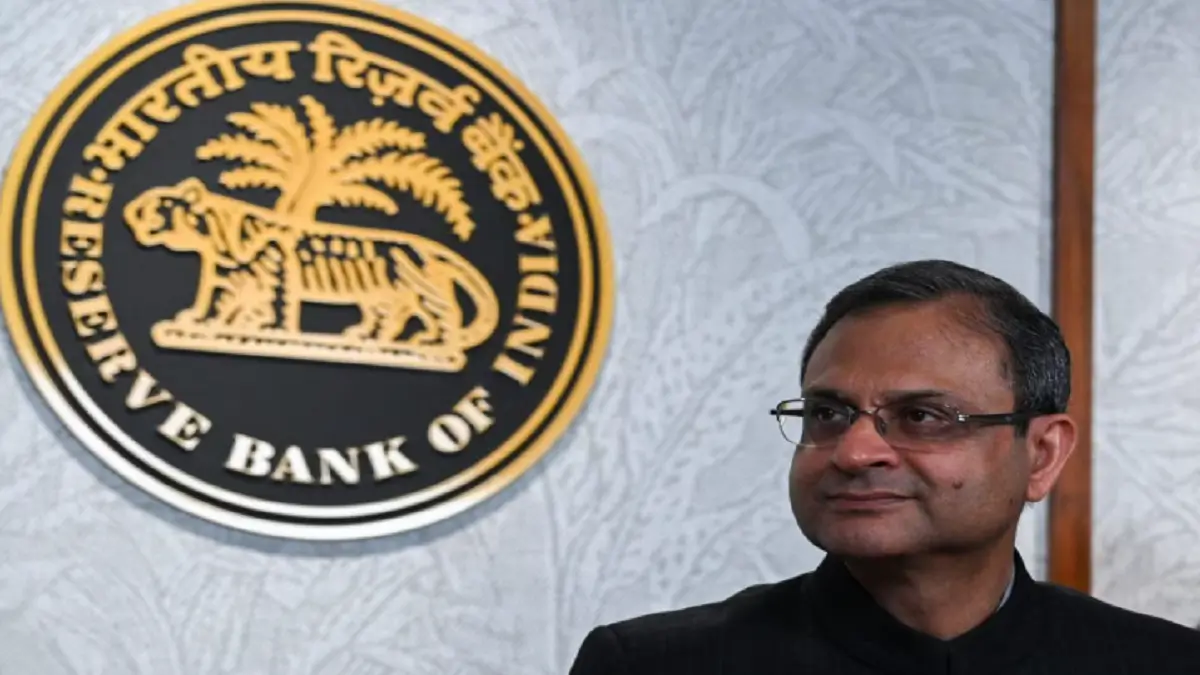RBI Revises Guidelines for Banks’ Capital Market Exposure in T1 Settlement
The Reserve Bank of India (RBI) has recently made significant revisions to the guidelines concerning banks’ exposure to the capital market during T1 settlement. These changes aim to enhance risk management practices and ensure the stability of the financial system.
Revised Guidelines Overview
The revised guidelines by the RBI pertain to the exposure of banks to the capital market during T1 settlement. T1 settlement refers to a trade settlement process where transactions are settled on the same day as the trade date. The RBI’s amendments primarily focus on enhancing risk management measures for banks engaging in such transactions.
Key Changes in the Guidelines
- Increase in Risk Weights: The RBI has increased the risk weights assigned to exposures arising from transactions settled on a T1 basis. This move is aimed at reflecting the higher risk associated with such transactions and encourages banks to adopt more prudent risk management practices.
- Enhanced Capital Requirements: Under the revised guidelines, banks will be required to maintain higher levels of capital to cover their exposures related to T1 settlements. This measure is intended to strengthen the resilience of banks against potential market risks and ensure financial stability.
- Stringent Monitoring Mechanisms: The RBI has mandated banks to implement robust monitoring mechanisms to track their exposure to the capital market during T1 settlement. This includes real-time monitoring of transactions and timely reporting of any breaches or discrepancies.

Why this News is Important
The revisions made by the RBI to the guidelines concerning banks’ capital market exposure during T1 settlement are crucial for several reasons.
Enhancing Financial Stability
These changes are essential for enhancing the stability of the financial system by ensuring that banks maintain adequate capital buffers to withstand market fluctuations and mitigate risks associated with T1 settlement transactions.
Strengthening Risk Management Practices
By increasing risk weights and capital requirements, the RBI aims to encourage banks to adopt more stringent risk management practices. This will help in better identifying, measuring, and managing risks arising from capital market exposures.
Promoting Market Integrity
The stringent monitoring mechanisms mandated by the RBI will promote market integrity by ensuring transparency and accountability in banks’ dealings related to T1 settlement. This will instill confidence among investors and stakeholders in the financial system.
Historical Context
The revisions made by the RBI to the guidelines for banks’ capital market exposure during T1 settlement build upon previous efforts to strengthen risk management practices in the banking sector. In recent years, there has been a growing emphasis on enhancing the resilience of banks against market risks, particularly in light of global financial crises.
Key Takeaways from “RBI Revises Guidelines for Banks’ Capital Market Exposure in T1 Settlement”
| Serial Number | Key Takeaway |
|---|---|
| 1. | RBI has revised guidelines concerning banks’ exposure to the capital market during T1 settlement |
| 2. | Increased risk weights and capital requirements aim to enhance risk management practices |
| 3. | Stringent monitoring mechanisms mandated to track exposure to capital market during T1 settlement |
| 4. | Revisions crucial for enhancing financial stability and promoting market integrity |
| 5. | Builds upon previous efforts to strengthen risk management practices in the banking sector |
Important FAQs for Students from this News
1. What is T1 settlement in the context of banking?
- T1 settlement refers to a trade settlement process where transactions are settled on the same day as the trade date. It allows for quicker transactions but also poses higher risks.
2. Why has the RBI revised guidelines for banks’ capital market exposure during T1 settlement?
- The RBI has revised guidelines to enhance risk management practices and ensure the stability of the financial system by imposing increased risk weights and capital requirements.
3. How will the revised guidelines affect banks’ operations?
- Banks will be required to maintain higher levels of capital to cover their exposures related to T1 settlements, leading to more prudent risk management practices and stringent monitoring mechanisms.
4. What are the key changes introduced by the RBI in the revised guidelines?
- The key changes include increased risk weights, enhanced capital requirements, and stringent monitoring mechanisms to track exposure to the capital market during T1 settlement.
5. How do the revisions made by the RBI contribute to financial stability?
- The revisions aim to strengthen the resilience of banks against potential market risks and promote market integrity by ensuring transparency and accountability in banks’ dealings related to T1 settlement.
Some Important Current Affairs Links

















